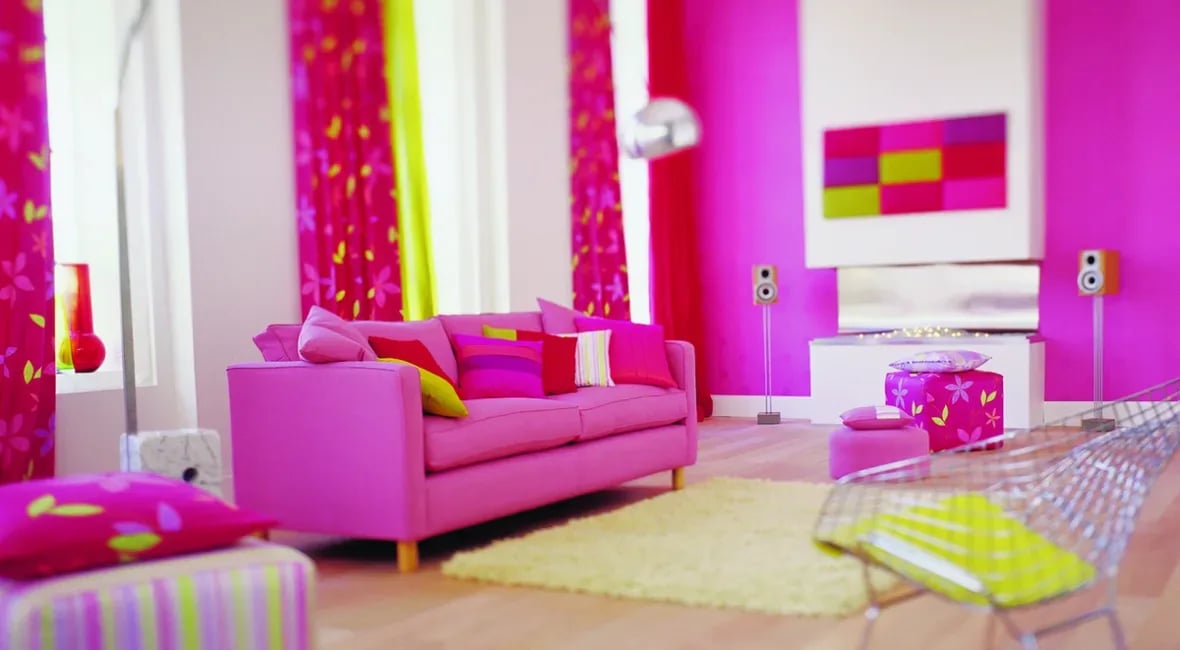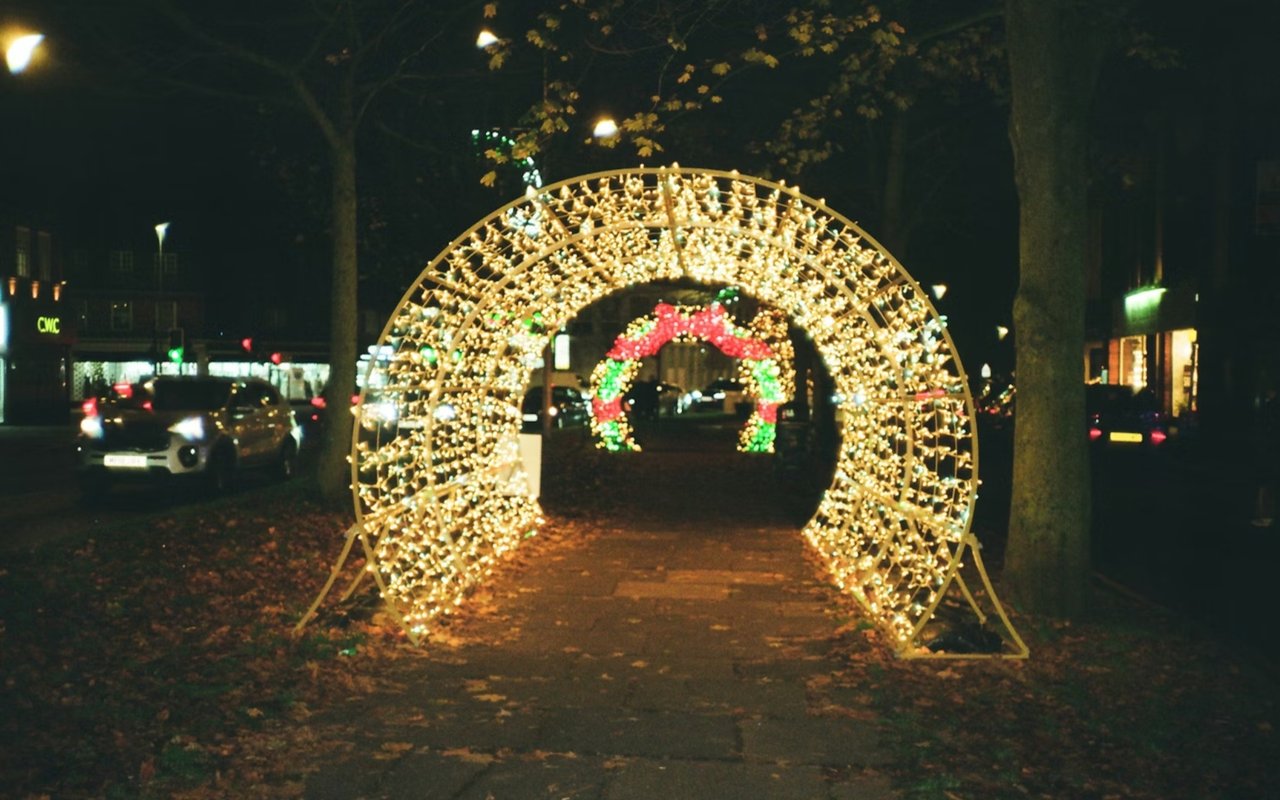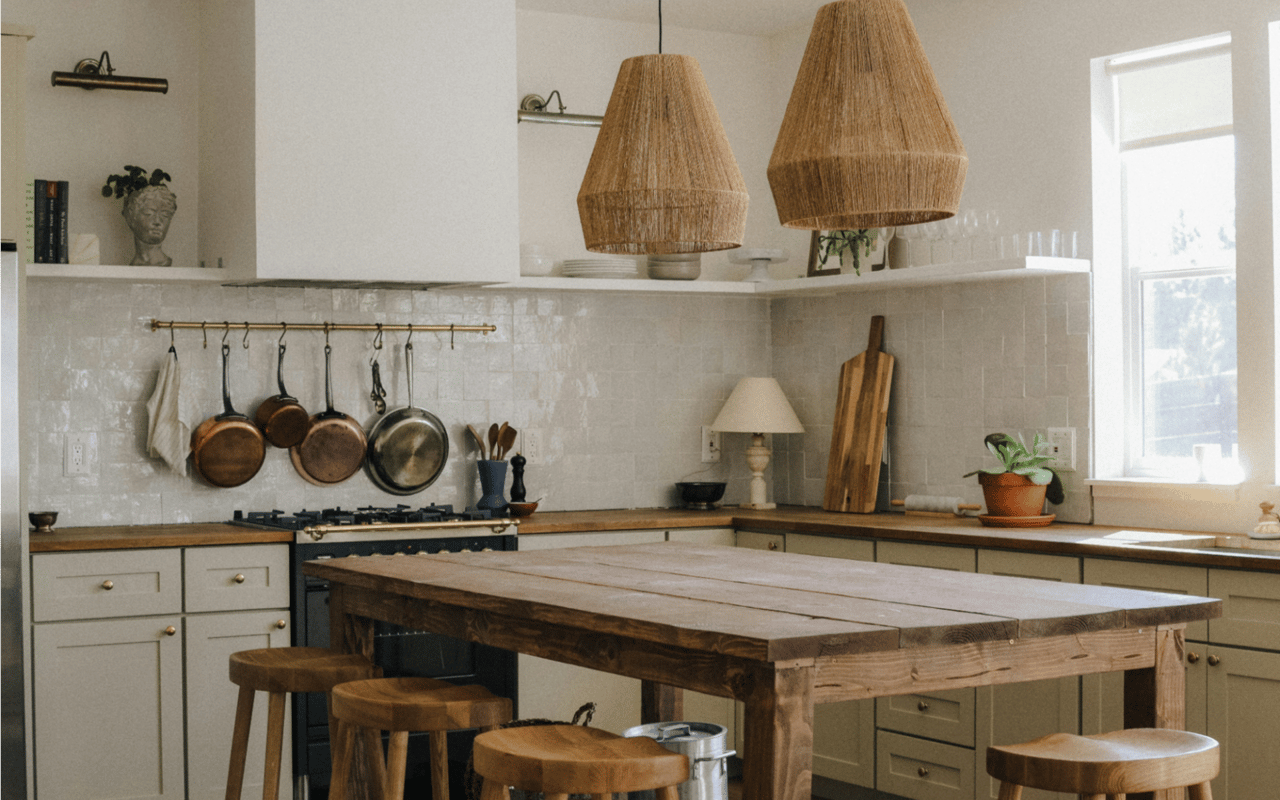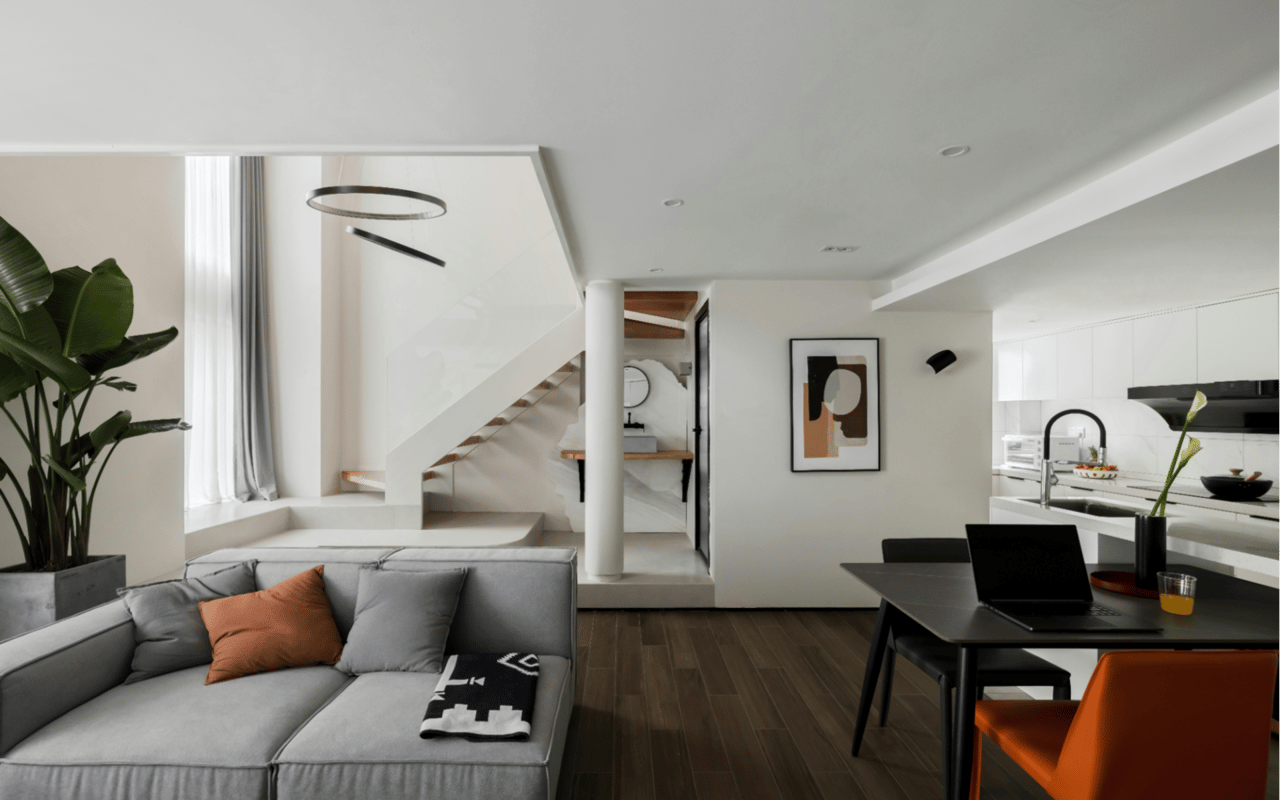The Barbie Dreamhouse has been an iconic symbol of imagination and play for over six decades. Since Barbie bought her first home in 1962 – quite a feat, considering women couldn’t even apply for a credit card alone at the time– the toy has captivated children around the world. Now, according to Mattel, a Barbie Dreamhouse is sold every two minutes. And the premiere of Greta Gerwig’s “Barbie” has only amplified interest in the toy, with cast-led video tours of the set and a replica Dreamhouse Airbnb in Malibu part of the movie’s promotion.
From its humble cardboard beginnings in the 1960s to the modern-day version fit for an influencer, this fantastical dream house has undergone many transformations that have reflected the world’s changing social and economic landscape.
Read on for a breakdown of the history of the illustrious Barbie Dreamhouse.
1960s-1980s: The Birth of a Classic
The first Dreamhouse, a cozy mid-century ranch, was constructed entirely out of cardboard and was pretty basic compared to later versions. It didn’t feature the iconic pink that Barbie is known for today. Instead, it had mustard yellow walls, with rattan furniture and college paraphernalia. With no kitchen and only a twin-sized bed and a living room, it was more reminiscent of a dorm room or a studio apartment than an actual house.
As the years went by, the Barbie Dreamhouse started to evolve along with the changing times. In the 1970s, Barbie upgraded to a three-level bohemian ‘townhouse’ with an elevator. The home was more extravagant and far more detailed than previous versions, with décor including stained-glass Tiffany lamps, mirroring the luxurious lifestyles often portrayed in popular culture during that period.
Fast forward to 1979 and Barbie debuted the first Dreamhouse made entirely of plastic, with an A-frame design that paid homage to the architectural style sweeping the country. The home also had another popular 70s feature: skylights.
1990s-2000s: Barbie Goes Pink
In 1990, Barbie debuted its first almost exclusively pink house – a change from the yellows, reds and oranges used in previous decades. Riding the McMansion craze that would influence home design for the next decade and a half, this was also the most luxurious Dreamhouse yet, featuring a rooftop deck and ornate furniture.
In the 2000s, Barbie’s Dreamhouse transitioned into a mixture of old and new, with a Victorian exterior featuring a turret and a second-level balcony. Meanwhile, the interior was a combination of retro and modern. Gone was the jacuzzi from the McMansion version, and in its place a clawfoot tub. With the introduction of more electronics into daily life, it only made sense for Barbie’s home to become tech-forward too with gadgets like a flat-screen TV.
2010s-2020s: Modernity Meets Barbie
Fast forward to today and the Barbie Dreamhouse is a luxe three-story mansion, which – no surprise – is fit for an influencer or content creator. The latest edition of the Dreamhouse comes equipped with a hanging egg chair and a waterslide that lets Barbie and her friends go from the rooftop outdoor space to the ground level pool. It’s also accessible with an elevator that can accommodate a wheelchair.
Each edition of the Barbie Dreamhouse encapsulates the time period’s broader architectural, interior-design and cultural trends, from the mustard yellow mid-century ranch in 1962 to today’s luxurious influencer haven. And the toy’s transformation throughout the decades provides insight into how our wants and needs have changed, which design trends have had staying power, and ultimately what might be next for Barbie and for us.




